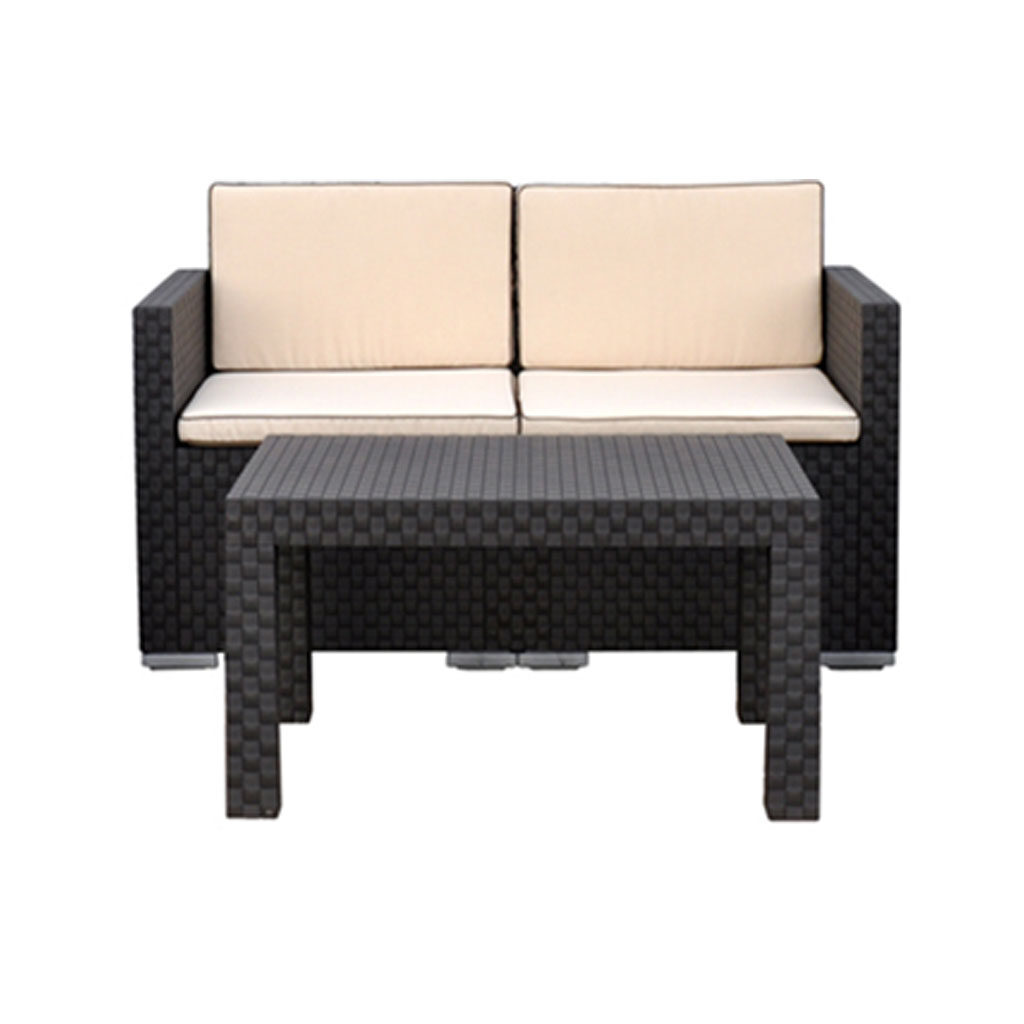
The brief had as its objective the MODERNIZATION OF RATTAN, or the creation of a woven garden chair similar to traditional rattan products, but in plastic materials, with the ensuing advantage: SPEED and LOW COST. The replacement of natural rattan with plastic allows in fact to have a complete product more quickly and at lower costs.
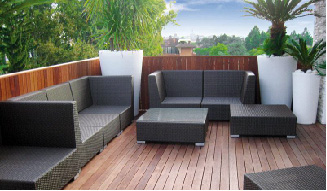
For the realization of the intertwining garden set, a scrupulous analysis of the type of interweaving was carried out
of the surface decoration.
At this stage, the TYPE OF WEAVING and the BEST MATERIAL to be used to achieve the desired sculptural, tactile and aesthetic effect was decided.
All the fundamental elements to achieve the desired plastic effect (depth of the grooves, weaving step, sensation of depth, etc …) are thoroughly analyzed thanks to the construction of some prototypes.
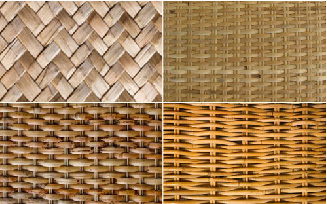
As a first step, a 3D draft is created to better analyze the construction details on which the final product is based. In this phase, details such as the inclination of the backrest, the volumes and proportions of the armrests, the seating spaces are analyzed.
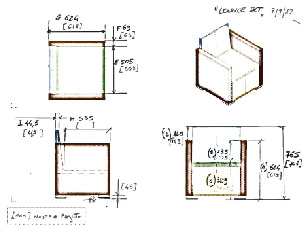
In the initial study of the product, particular attention is paid to the study of the packaging and packaging of the product intended for distribution in stores.
Packaging analysis is a crucial point for defining and optimizing dimensions, weight and related costs; all details of fundamental importance for the transport and placement of the product at retailers.
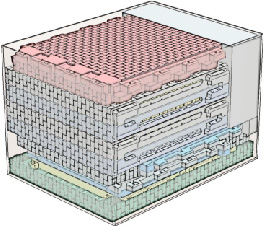
Surface effects, roughness and all the details of the surface texture are analyzed. The depths of the reliefs are studied to ensure correspondence with the desired plastic and aesthetic effect. To produce a surface finish that is perfectly suited to commercial needs, a “pilot mold” was produced built with a steel exactly the same as that of the final mold. The pilot mold contained four equal portions of weaving to be treated (by photoengraving) with four different texture depths.
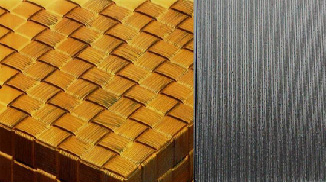
One of the strengths of the project is ASSEMBLY, which is characterized by its modularity and the absence of screws necessary for assembling the pieces; all the items that make up this garden set are assembled by interlocking, simply by pressing the joint points, which are fixed together thanks to the automatic locking system of the components. This solution represents a SIGNIFICANT ADVANTAGE for the end user who does not have to resort to screws or tools to assemble the components. ASSEMBLY ANALYSIS: to test the effectiveness of this interlocking solution, some components are pre-assembled in the production departments to simplify and to better define the assembly operations that the customer will have to do.
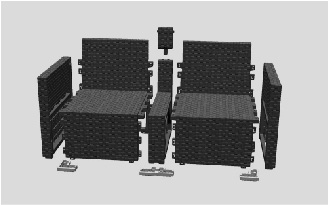
The prototype verification examines all the relevant factors associated with the product: ease of assembly, structural verification to test the tightness, checks and aesthetic checks. These verification operations are fundamental because they allow to identify and then correct any anomalies. This avoids costly and subsequent modifications to the molds.
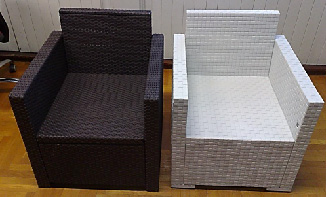
The product has the advantage of enjoying excellent stability and resistance, although it is assembled WITHOUT THE AID OF SCREWS or help tools. The article is assembled with ease and in no time. This is thanks to intelligent hooking and anchoring solutions, entirely studied and developed by our team.
The INDUSTRIALIZATION process takes into account the production material and the required weight and consequently the thicknesses of the plastic are specially distributed unevenly. Given the large dimensions of the components, it is important to foresee the discrepancies in production withdrawals; for this reason, the drafts of the supporting structure and the weave were considered in an unconventional way, inserted in a variable way and diversified by area.
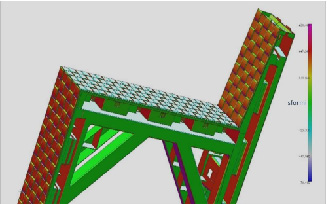
FLOW ANALYSIS for filling the figures allows you to define the production cycle, or to establish how long it will take to produce a piece. The analysis of the filling allows to optimize the time required for the realization of the product and therefore to contain production costs.
This analysis is carried out with sophisticated equipment and with scientific calculation methods to obtain the right proportions between the heat levels and the propagation time of the material inside the form.
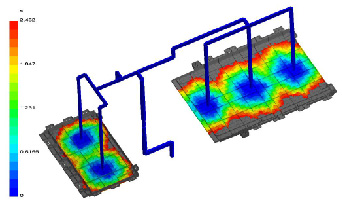
At the end of the first mold test, small adjustments are made to the pressure of the hooks for insertion and the item is ready for final production.
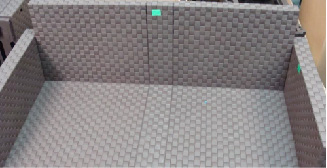
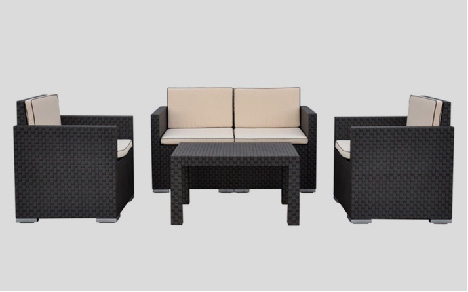
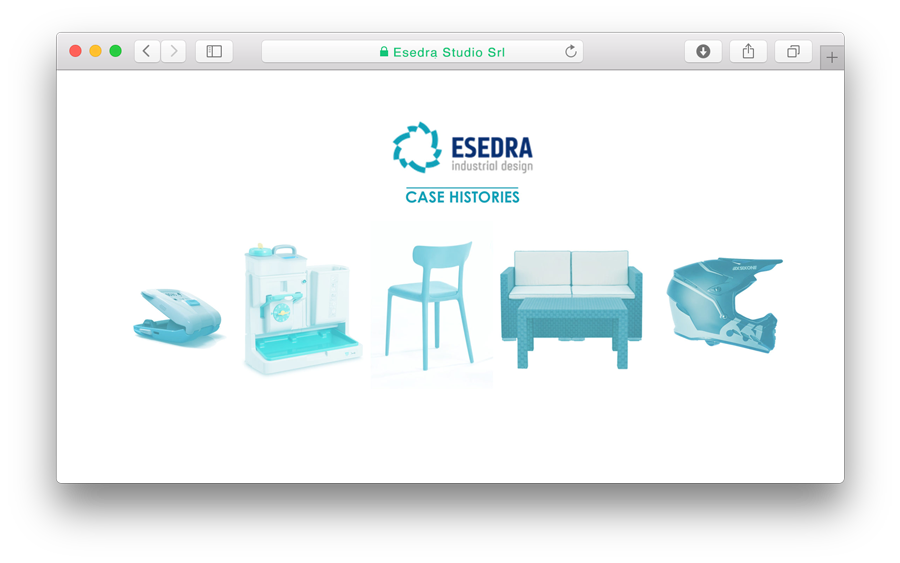
Discover the services we offer and request a consultation or an appointment to find out what we can do to create and design your product
Presenteremo l’importanza della misurazione degli impatti ambientali il 26 Settembre 2023
Ecomondo – Digital Green Week